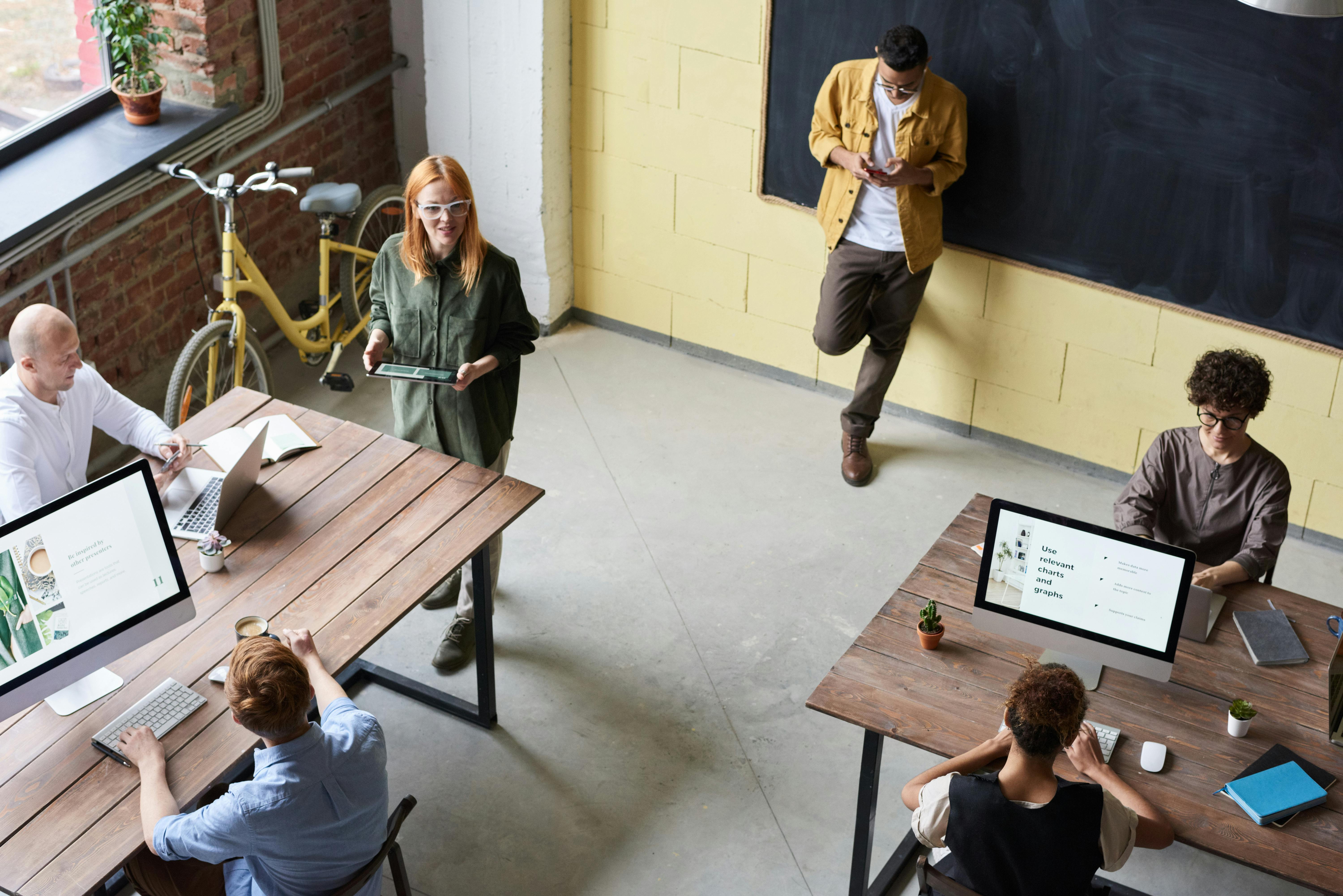Very often, when PhD candidates complete their theses, they look for an editor to provide guidance on the structure and organization of their writing. Such guidance can range from the document or chapter level to the individual clause level and includes the correction of typographical and grammatical errors. However, no matter how capable your dissertation editor is, your dissertation will be stronger if you consider the following tips early on during your PhD studies.
Selection of a thesis topic
1. Find a topic that you like and are interested in. Choose a topic that you can live with, constantly think about, and even dream about for a few years. By the time you complete the dissertation, you should be, at least for a brief time, the world’s foremost expert on your subject. To reach that goal, you need to care enough about your topic to become deeply invested in it and want to know everything about it.
2. Start thinking about your dissertation topic from the very beginning of your studies. Each course you take will require you to submit a paper or some type of project. Try to make an original point on the subject in each paper or project you submit. Doing so may result in a viable thesis topic. Consider each available topic you can write about in terms of whether you could live with that topic for an extended period of time, whether it fits with your long-term career goals, and whether you would really have something original to say on the subject. .
3. When considering original research topics for your dissertation, don’t overlook the possibility of synthesizing sub-disciplines. It is not unusual to find two different disciplines or sub-disciplines tackling the same problem in different domains or with different methodologies. Would using a completely different methodology from another field reveal any new information about your area of interest? Can you build a bridge or make connections between the findings of separate sub-disciplines and see your topic in a new light?
Take charge of your learning
4. When taking classes and reading assignments, take note of every term, concept, and reference to other work with which you are unfamiliar. Then take the time to learn about unfamiliar ideas. Unfortunately, many people do not learn to be true lifelong learners during their college studies. If you haven’t learned how to facilitate your own learning and intellectual growth before now, now is the time to learn this crucial skill. The ability to recognize gaps in your own knowledge and take action to strengthen your areas of weakness is a mark of a person with a strong education.
5. Learn all you can about research methods in your discipline. Although research methods are broadly divided into quantitative, qualitative, and mixed methods, within those general areas there are many specific submethods. Understand the methodology that is typically used in the subdiscipline you are focusing on and how it compares to other methodologies you might use. Learn to use the terminology correctly by making it part of your everyday vocabulary.
6. When conducting research on your selected topic, work to understand and evaluate all aspects of the issues, both in terms of the research methods used and in terms of theories related to your area of interest. Keep an open mind when you read points of view that conflict with your own, think clearly why you disagree with the author’s position, and construct clear and specific arguments that directly address the points you disagree with. Again, understand and learn to use the terminology correctly.
7. If you are going to use statistics, consider taking a statistics course or at least invest in a good statistics textbook. Learn to speak and write about statistics correctly and knowledgeably. Being able to input numbers into SAS or another software program and then run a function is not the same as understanding statistics. For your use of statistics to be meaningful and professional, you must understand and be able to speak knowledgeably about population selection, the use of variables and forms of measurement, the appropriate equations for your analytical purposes, and what has actually happened. “found”. ” or “revealed” as a result of the method(s) applied. You should be able to explain why you are entering certain numbers, where those numbers come from and what they represent, why a certain statistical function is used, and what the results indicate about your topic. Practice the Apply your knowledge of statistics whenever you read about a study that used quantitative data.
Organize, organize, organize!
8. Establish a good organization system for your library of articles and books from the beginning of your graduate studies. If you have hard copies of articles, invest in a small filing cabinet and folders and file articles by topic, sub-discipline, or author name. Use a system that makes sense to you. If you can’t decide how to file a particular item, use a note system within your filing system to indicate the location of a file. For example, if you have an article about research done on the effectiveness of using live chat in online learning, but the article begins with an informative discussion of the methodology used, you may want to file the article with others who address research on the effectiveness of using live chat, but, in folders containing information on methodology and online learning in general, note the location of this file. (Write short, clear notes on the inside covers of the binder or on sticky notes attached to the inside covers.)
9. Learn and use good file management on your computer. Many articles today are available in PDF format. Such files can be searched by key terms, but you can’t search an article if you can’t find it. Learn how to create folders on your computer and nest them. For example, a folder on online learning might contain folders on specific theories that address online learning, as well as tools that can be used to facilitate online learning.
10. As part of your file management, start creating a spreadsheet file (or a database if you have the software and technical knowledge) of all the articles, books, web pages, and videos you’ve found. For books that contain chapters written by different authors, create an entry for each chapter. Along with author names (ALL author names) and titles, include the date, publication information, article and chapter pages, original publication information (if applicable), main points about the source (thesis statement, research methods used) and the location of the article in your filing system.
For example, “Paper-E-Learning-Live Chat” would indicate that the item is a hard copy in your filing cabinet in the Live Chat folder in the Online Learning area or drawer, and “PDF-E-Learning- transcript-quantitative analysis” would indicate that you have a file on your computer in the transcript analysis folder which is located within the quantitative methods folder within the online learning folder. If you accessed the item online, be sure to record the DOI (preferred for most documentation styles) or URL of the pages or PDFs on the websites. You may also want a field indicating the various subtopics that the source touches on. (For example, an article on the use of live chat in online learning can also be marked as information on quantitative research methods and constructivist learning theory.)
Know your documentation style
11. At the beginning of your research process, determine the style of documentation that you will use. Your school or graduate program may require a particular style, or you are free to choose your own. If you can select one of your own, learn the style most commonly used in your discipline. If the option is still open, choose an author-date style (end-of-document citations and in-text parenthetical citations) because it’s the easiest to use, takes the least amount of time, and is easy to review.
12. Once you know what style of documentation you will use for your dissertation, purchase the appropriate manual and use it as often as possible for written class assignments. Note that “documentation” styles include much more than just how sources are cited. They often specify how numbers should be treated in the text, how tables and figures are displayed, how sources are referenced (eg, APA requires past tense when writing about a source, while literary works quotes in MLA are usually written in the present tense). ), and even which prefixes are hyphenated and which types of phrases are separated by hyphens. Getting familiar with the documentation style before you start writing the dissertation will make your writing process much easier. Again, being thoroughly familiar with your discipline’s documentation style is a sign of a strong education.
Taking the time to consider these tips early in your graduate studies can make the process of writing your dissertation more seamless and strengthen the integrity of your paper. Tips 4-12 can actually save you time when you go into that time-intensive period of writing parts of your dissertation and passing them on to your committee for feedback. These tips can also help you avoid embarrassment resulting from the types of comments your committee members might make.
The stronger your dissertation is before you submit it to a dissertation editing service, the better your final product will be. The various subtopics that the source touches on. (For example, an article on the use of live chat in online learning can also be marked as information on quantitative research methods and constructivist learning theory.)









